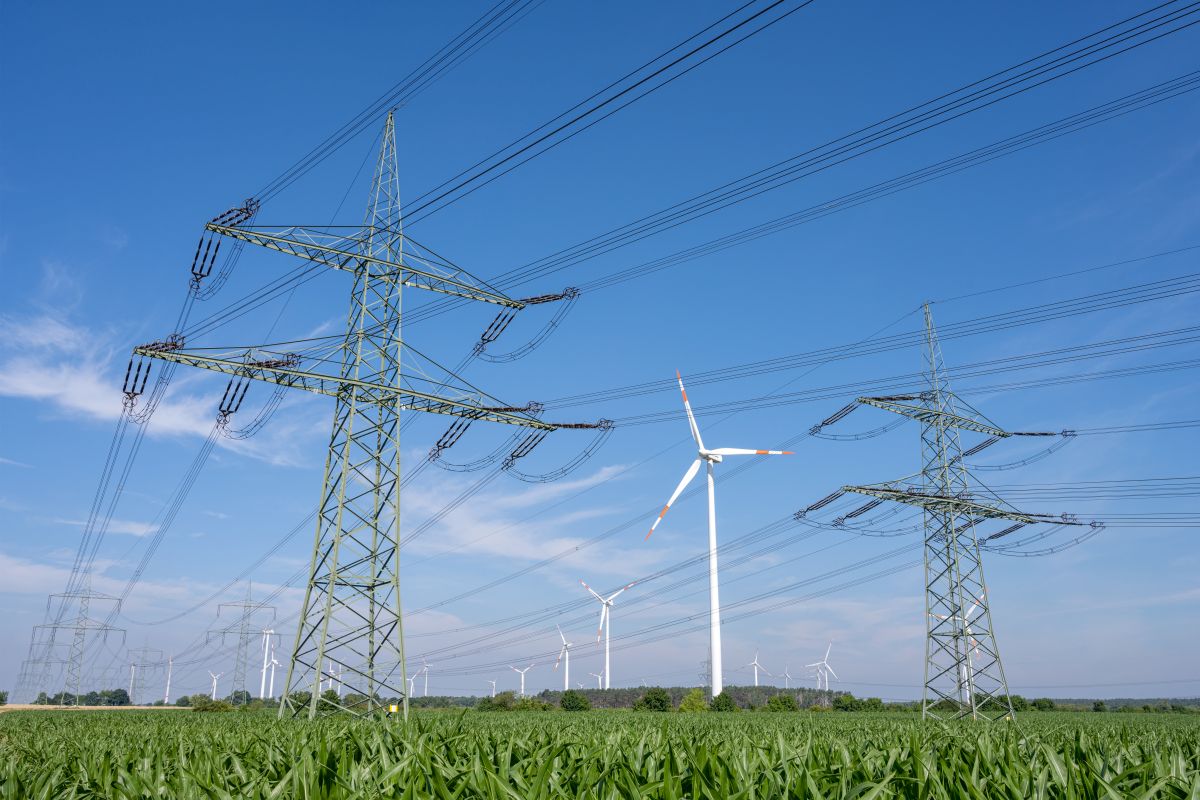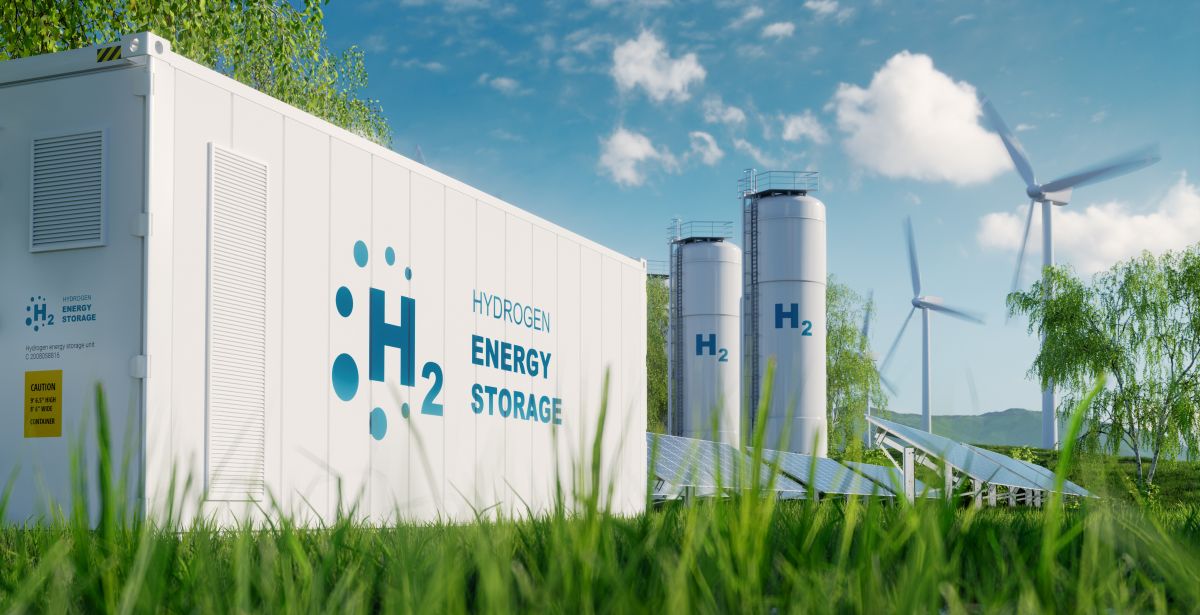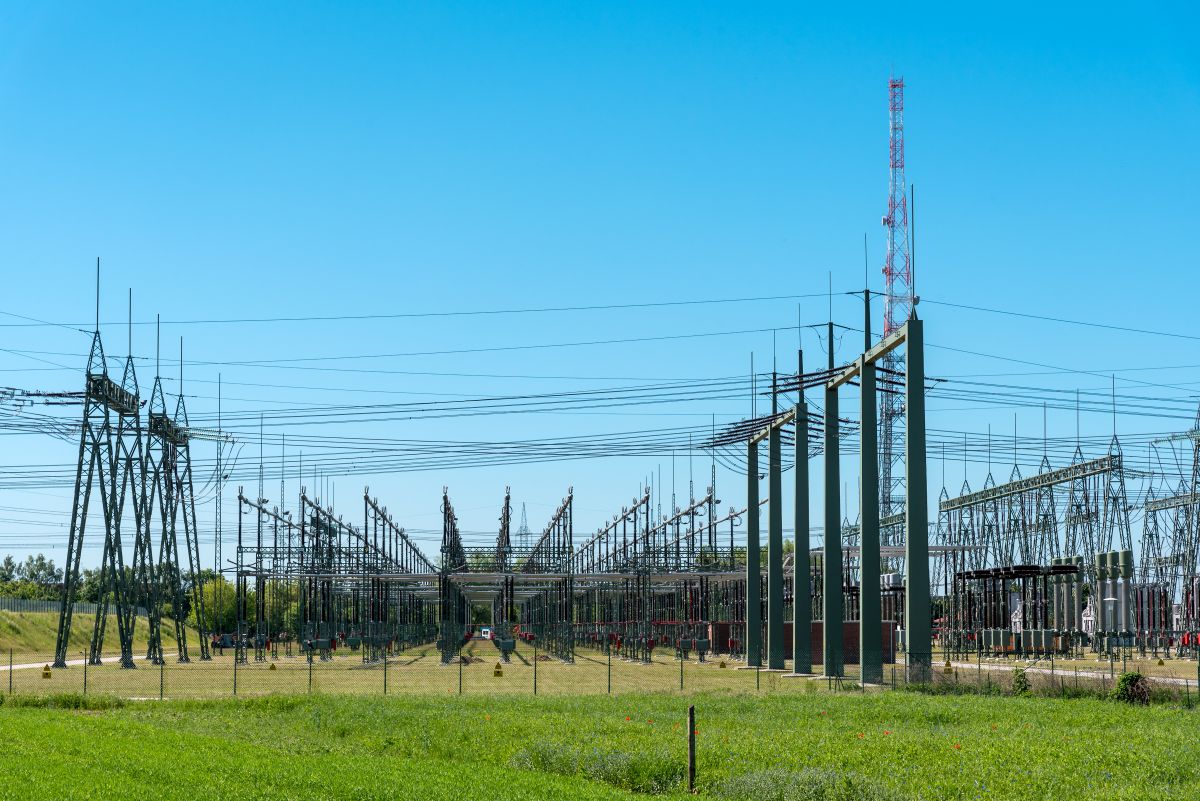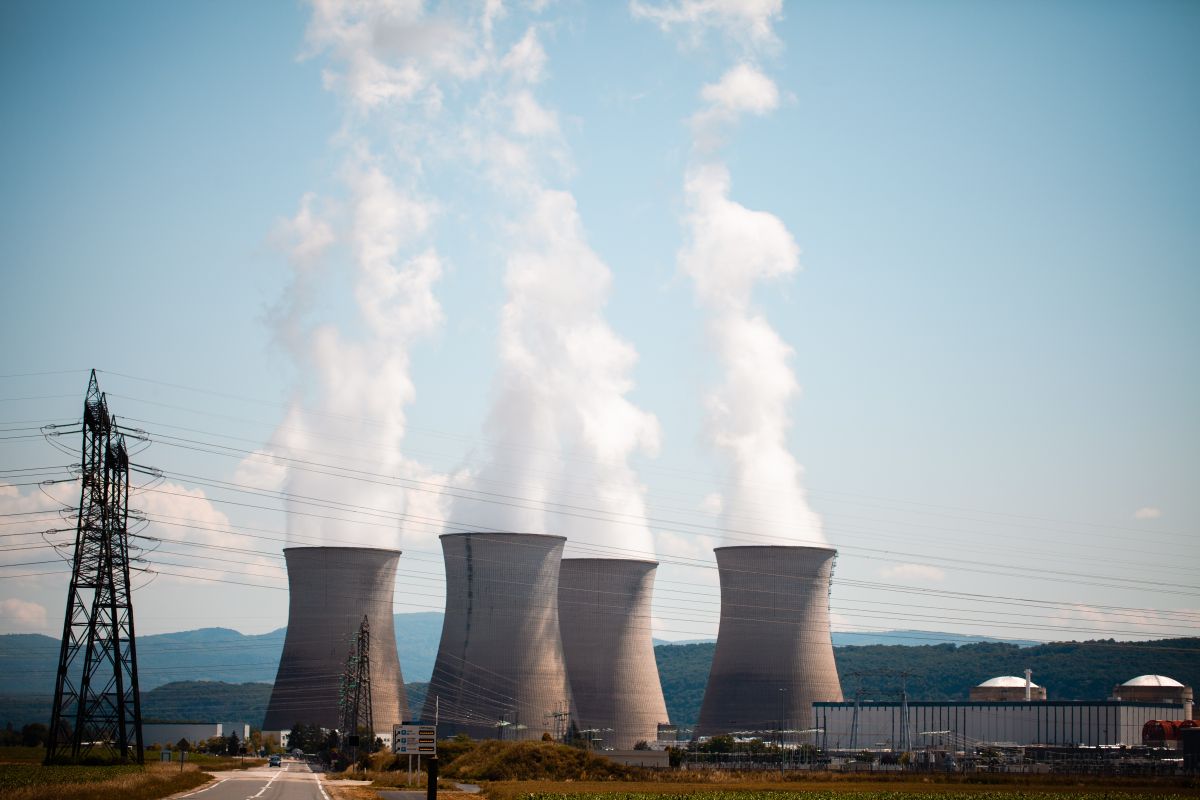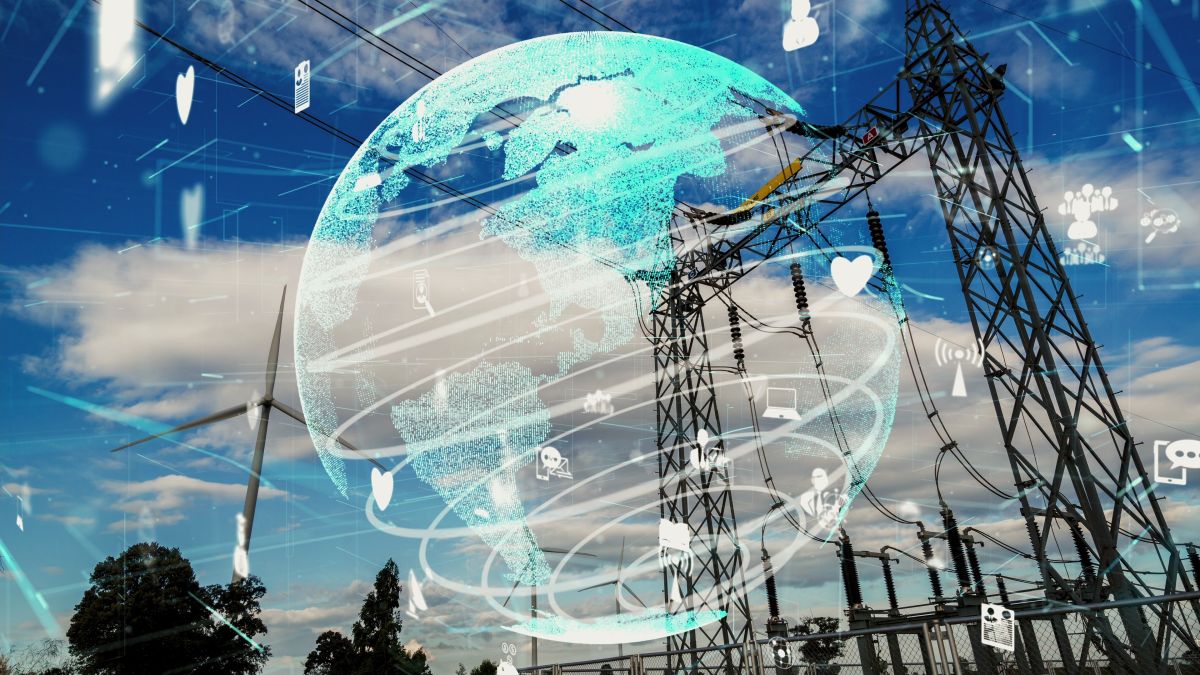Introduction
Advances in technology, carbon-free initiatives, and the political climate are transforming global energy consumption trends. These factors impact regional grid reliability regulators. The North American Electric Reliability Corporation (NERC) makes sure that the Bulk Electric System (BES) is reliable. In 2025, NERC’s approach reflects both national priorities and global energy trends, including rising demand, growth in renewables, electrification, and escalating cyber threats.
Global Demand and Its Ripple Effect
The International Energy Agency (IEA) expects electricity consumption to rise by 3.3% in 2025 and 3.7% in 2026. Urbanization, digital growth, and industrial electrification are the causes of these spikes. While North America’s growth is stable, the U.S. remains exposed to global market swings.
The U.S. market prices have been influenced by Asia’s demand for natural gas. European markets are also trying to secure energy supplies after recent disruptions. NERC’s 2025 policies focus on resilience, fuel assurance, and planning for emergencies. This helps BES operators handle unexpected shocks from outside North America.
Distributed Resources and Renewable Energy
The global electricity landscape is transformed by renewables. Europe’s offshore wind farms and China’s massive solar capacity illustrate how far this trend has spread. Costs have been a significant factor. GreenMatch estimates that the cost of installing solar panels has fallen nearly 90% over the past decade.
States such as California, New York, and Texas are also establishing ambitious clean energy targets in the U.S. For NERC, this rapid expansion means implementing compliance standards for Inverter Based Resources (IBRs). These new PRC standards demand registration, testing, and integration of IBRs into the grid, demonstrating NERC’s commitment to maintaining grid reliability through this clean energy transition.
Electrification and Demand Peaks
The global shift to electrification is already reshaping demand curves. Europe is promoting electric heat pumps. India is increasing its use of electric vehicles. Similar trends are visible in North America, where EV adoption is accelerating. These changes add seasonal peaks to the transition and distribution systems.
NERC’s 2025 compliance agenda addresses this through three key measures:
- Improved load forecasting to anticipate emerging usage patterns.
- Greater storage integration so batteries can cushion demand swings.
- Contingency reserves to handle synchronized surges in peak demand.
Cybersecurity in a Globalized Energy Market

Modern energy use is tied to digital systems as well as physical demand. Smart meters, cloud-based grid management, and IoT devices are common in Asia and Europe. These same trends are taking place in the United States. Electrification raises overall consumption and shifts where and when the system is stressed.
NERC’s Critical Infrastructure Protection (CIP) standards directly address these digital risks through supply chain validation, forensic monitoring, and vendor oversight. Such measures bring North America to global best practices. Cyber risks are borderless and can multiply quickly across interconnected systems.
Conclusion
NERC’s 2025 policy direction is closely tied to the global energy landscape. The demand in Asia is increasing. Renewable energy is growing in Europe and China. From India to North America, electrification is underway. These elements influence our approach to maintaining reliability. Cybersecurity risks, too, remain global in scope. For North American utilities and regulators, the task is to translate these shifts into compliance and reliability measures. By aligning its standards with global shifts in demand, renewables, electrification, and cybersecurity, NERC aims to ensure the Bulk Electric System remains resilient in an increasingly interconnected world.
1. What global demand increase is NERC planning for?
2. How have solar cost trends influenced grid policy?
3. Why is NERC emphasizing load forecasting and storage?
4. How do international market shifts affect North American reliability?
5. Are cybersecurity rules keeping pace with grid digitalization?
Disclaimer: Any opinions expressed in this blog do not necessarily reflect the opinions of Certrec. This content is meant for informational purposes only.



